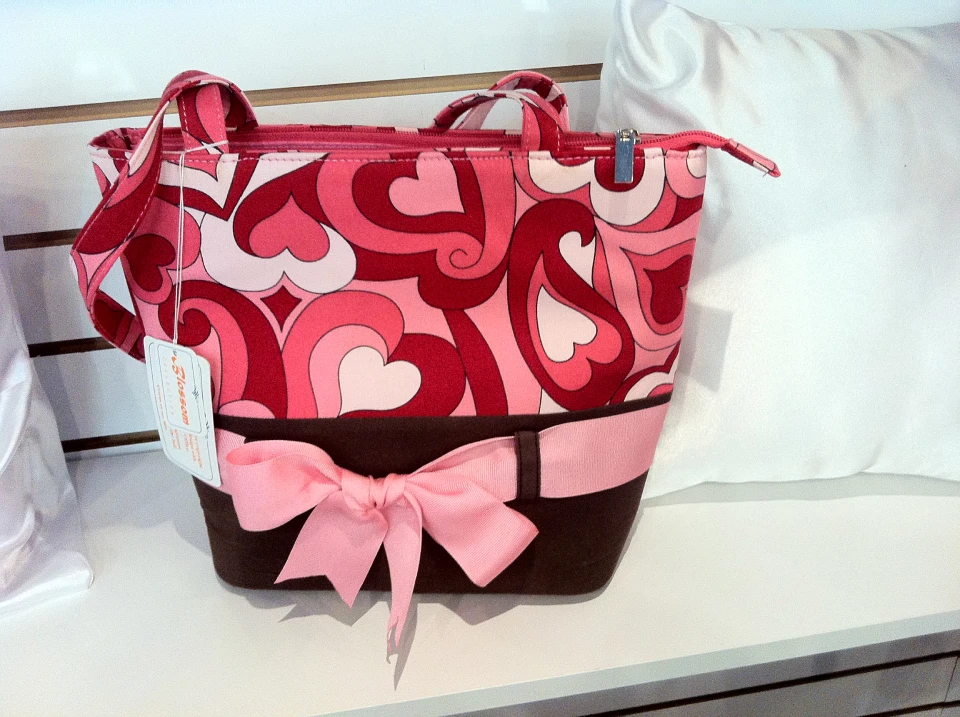Personalized Lab Coats with Embroidery for Medical Professionals
Wiki Article
The Art of Personalized Needlework: Opening the Keys to Creating Unique and Memorable Designs
The tricks to producing customized needlework layouts that mesmerize the eye and leave an enduring perception lie in a delicate equilibrium of strategy, imagination, and attention to information. As we dive right into the globe of custom embroidery, we discover the nuanced interaction in between string option, stitch complexity, and design customization that boosts a plain garment to a job of art.Selecting the Right Needlework Threads
When choosing embroidery threads, what key variables should you think about to make certain the very best results for your custom-made designs? The option of needlework string is essential in figuring out the final outcome of your embroidered style. Among the key factors to consider is the material of the string. Various materials such as cotton, polyester, rayon, and silk supply differing levels of sheen, durability, and appearance. It is vital to select a thread product that enhances the material you are embroidering on and lines up with the desired appearance of the layout.
Thicker threads can add measurement and texture to your design, while finer strings are suitable for detailed information and tiny text. Furthermore, considering the color fastness and washability of the thread is important to make sure that your personalized styles maintain their high quality and vibrancy over time.
Checking Out Different Stitch Methods
To look into the world of 'Exploring Different Stitch Techniques', one have to comprehend the ins and outs and nuances that each sewing approach gives the art of embroidery. Various stitch techniques not just include visual interest yet additionally add to the total structure and measurement of the style. One prominent stitch technique is the satin stitch, which entails very closely stuffed parallel stitches to produce a smooth and glossy surface area, perfect for filling out shapes and producing vibrant details.On the various other hand, the backstitch is a functional technique commonly utilized for describing and including fine information. It involves sewing backwards to develop a solid line of embroidery. In addition, the French knot stitch adds a tactile component to designs, ideal for developing distinctive accents like flower facilities or ornamental touches.
Discovering different stitch methods allows embroiderers to play with light, shadow, and deepness within their designs, raising the visual allure and imaginative high quality of their needlework tasks. By understanding numerous sewing methods, one can open countless opportunities for developing special and memorable custom-made embroidery items.
Incorporating Personalized Design Components
Having actually explored the complexities of different stitch strategies such as the satin stitch, backstitch, and French knot, the emphasis now moves towards incorporating tailored style components in custom-made embroidery jobs. Customized layout components play an important function in making embroidery tasks absolutely one-of-a-kind and memorable. One method to incorporate customization is by adding initials, names, or considerable dates to the style. This not just includes a personalized touch however also enhances the emotional value of the needlework item.One more way to integrate tailored style components suitsupply custom made is by consisting of signs or themes that hold special significance to the recipient or reflect their passions and character. Incorporating a favored blossom, animal, or hobby-related symbol can make the needlework design a lot more significant and personalized. In addition, selecting shades that reverberate with the recipient or align with the desired style can further boost the customization of the embroidery project.
Understanding the Art of Color Coordination

One trick element of shade sychronisation is comprehending shade theory. This includes recognizing how different shades communicate with each other, the emotions they communicate, and exactly how they can be combined to develop aesthetically appealing layouts. By using shade theory principles, embroiderers can produce unified color palettes that boost the total appearance of the layout.
Additionally, taking notice of contrast is essential in color sychronisation. Making use of contrasting shades can help certain aspects of the style pop, boost clarity, and develop an aesthetically dynamic needlework piece. By understanding the art of color coordination, embroiderers can raise their styles and create remarkable items that resonate with customers and informative post viewers alike.
Enhancing Appearance With Advanced Embroidery Stitches
French knots, as an example, are ideal for adding tiny, increased dots to your design, mimicking the appearance of beads or creating a textured surface area. Bullion knots, on the Bonuses other hand, can be utilized to produce twisted, ropelike elements that include an elegant feel to the embroidery. Seed stitching entails tiny, scattered stitches that can complete locations with a polychromatic appearance, while turkey work develops cosy, dimensional accents similar to animal fur or foliage. Explore these sophisticated embroidery stitches allows you to push the limits of typical embroidery and create truly one-of-a-kind and visually attractive structures in your layouts.
Conclusion
Finally, the art of personalized embroidery includes a combination of picking the ideal threads, checking out different stitch methods, including customized style components, mastering color control, and boosting appearance with advanced stitches. By understanding and applying these crucial elements, embroiderers can produce special and memorable designs that display their creative thinking and skill. Embroidery lovers can unlock the secrets to creating stunning and bespoke items that attract attention and leave a lasting impact.Report this wiki page